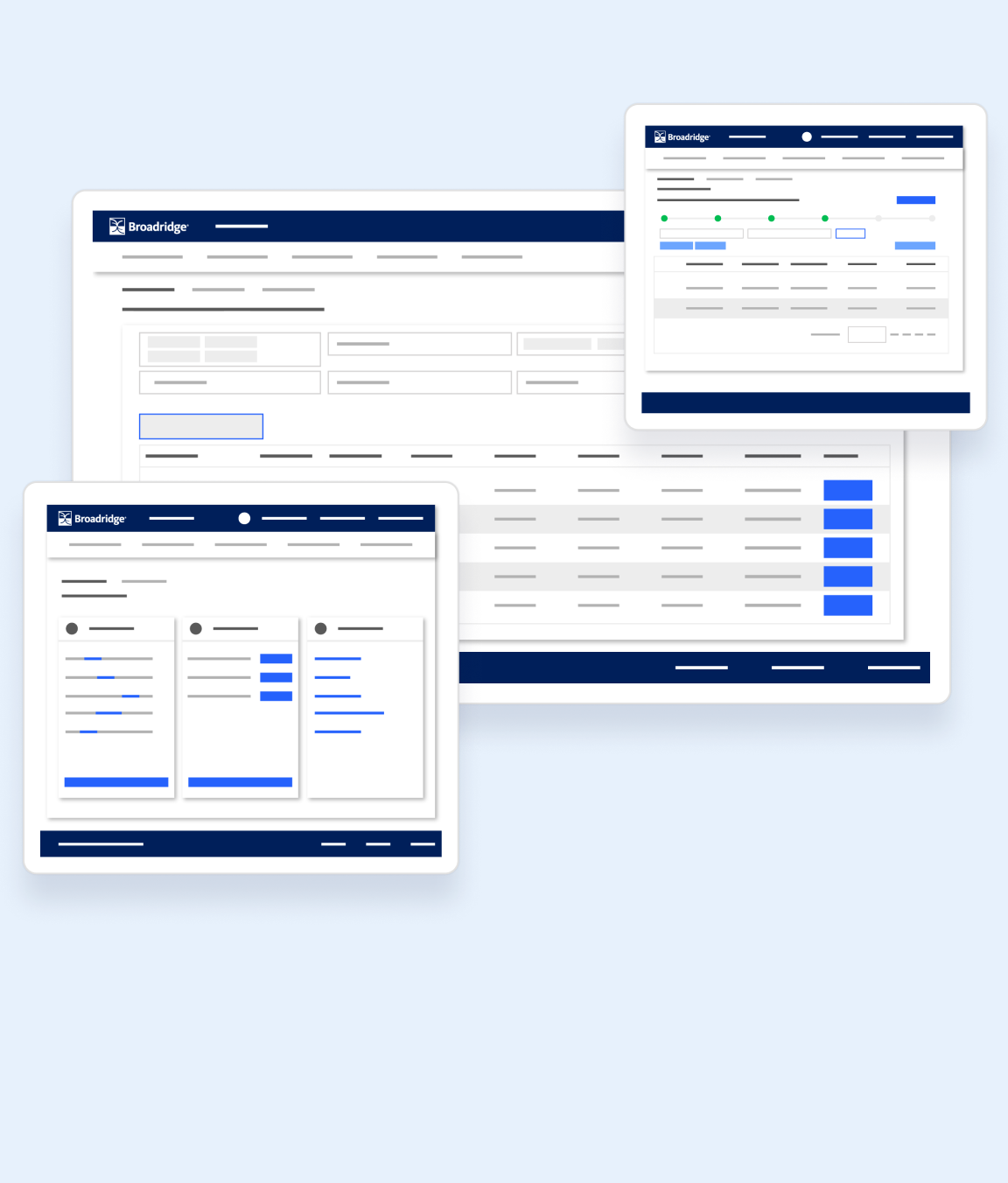EU and UK Regulatory Services
Streamline compliance end-to-end with a single platform
-
Acquire and enrich extensive data from fund managers and third parties
-
Run smart validation using our proprietary data dictionary
-
Calculate risk, performance, and costs with proven engines
-
Ensure consistency across different regulatory documents and templates
-
Comply with required reporting and filing formats
-
Translate content into any of 35+ languages
-
Automatically generate in-depth history logs and a complete audit trail
-
Distribute outputs via APIs, fund centres, widgets, and document libraries
-
Perform fund research, visualization, and documentation with highly configurable tools
-
MiFID II, Solvency II, PRIIPs
-
Consumer Duty, UCITS KIID
-
Distributor Feedback, ESG reporting, and more
Satisfy a full range of EU and UK regulatory requirements
Streamline every process
Utilize an end-to-end service for PRIIPs KID, and EPTs, including production, storage, translation, filing and distribution.
Rely on proven experience
Simplify production, management, and distribution of MiFID II EMT and other templates, as well as cost and charges calculations.
Simplify every facet of Solvency II reporting
Address all aspects of the Solvency II reporting process from data management to composition and distribution of TPTs.
Find out moreUtilize a comprehensive UCITS KIID solution
Apply proactive management, cost-effective processes, and rigorous evidential control systems to KIID creation and dissemination.
Adhere to European ESG reporting requirements
Gain support for all aspects of the composition, maintenance and distribution of SDR and SFDR documents and EETs.
Reduce operational overheads
Streamline management, collation, and sharing of fund sales information in compliance with Consumer Duty requirements.























